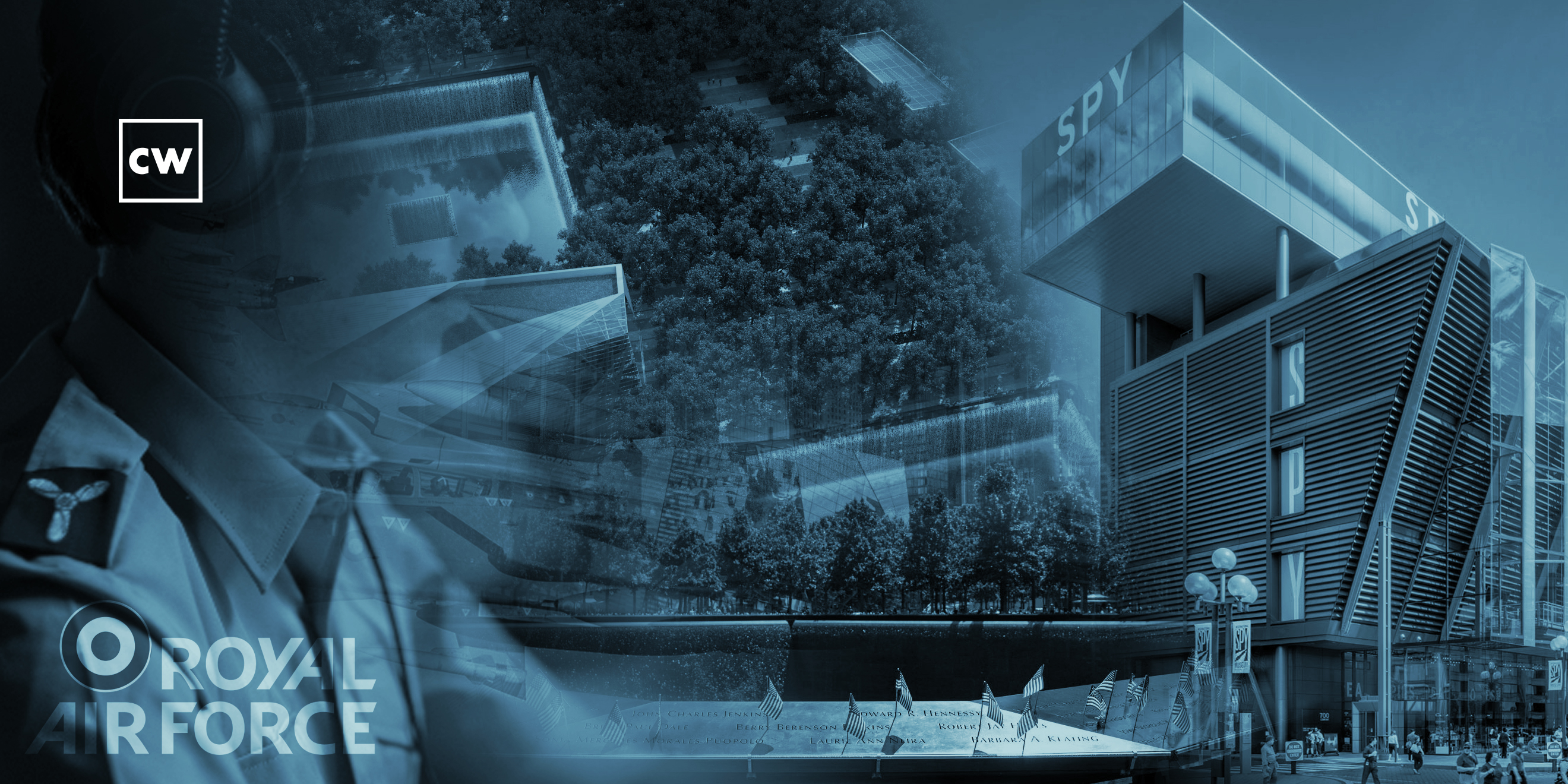
Andrew Hammond: Understanding the plot. [Historian and Curator]
Andrew Hammond: My name is Dr. Andrew Hammond and I'm the Historian and Curator at the International Spy Museum.
Andrew Hammond: The most important stage for me was being in the Royal Air Force. It's not like I was like a major general or anything like that. But, in a humble way, I felt like I was an actor in a play, but I didn't understand the plot. That was really as a result of 9/11. So I joined the air force in 1998. 9/11 happened. I was in the dark room of a military intelligence section in Germany and I saw the south terribly struck and I guess we all knew that in one way or another, all of our lives would be changed then. But for me, it just led to a really deep desire to try to work out what was going on in the world. And ever since then, in one way or another, have been trying to understand what the plot was. That led me to leave the Royal Air Force and go back to school and start studying history and international relations. I enjoyed both subjects, but history just spoke to me more. The only way to kind of try to anticipate where we may be going or to try to get any wisdom out of the whole journey is to look at what came before.
Andrew Hammond: The pathway of was in some ways straight forward in some ways quite circuitous. But, I went to school, went to do a master's and a PhD. I had a number of different postdoctoral fellowships. I spent a couple of years in New York City quite fittingly given where my journey began at the 9/11 Museum. It was quite moving because where my desk was directly overlooked Ground Zero. Occasionally I had to pinch myself a little bit, just to think about how I'd ended up there. I was working on my research. I was also a fellow at NYU. I was learning in the museum business. Went back to the UK, went into academia for a little bit, and then came back to the U S for a fellowship at the Library of Congress. After that, the job came up at the International Spy Museum.
Andrew Hammond: My day-to-day can really vary. Some of the typical things that I would do would be researching, editing, producing, our podcast, SpyCast. The other one is our collection. It's not hyperbole to say that we've got the world's greatest collection of intelligence and espionage related artifacts. I research them. I engage with them. I help to interpret them. I help to communicate them to other people. So there's always new things to find out about the collection of, I think, around 9,000 artifacts.
Andrew Hammond: One of the greatest parts of the job being able to engage with the artifacts and it can be a multisensory experience. Sometimes the artifacts give off a particular smell or they sound a particular way. If you press the key on an Enigma machine it makes a particular type of like noise. You can see some of the lights light up. You can move some of the plugs around. It's a really fascinating way to engage with them. And, the historian and curator role, just goes so well together because historians mainly look at documents, and curators mainly look at artifacts. If you combine both of them, it's quite a synergistic enterprise . And I think another fascinating thing that I love about the artifacts is that, through the artifact, it's like a portal into a different world.
Andrew Hammond: I feel incredibly lucky. I could go there now and just look out or engage with some of the artifacts or research more about them. So, I've kind of got the keys to Aladdin's cave. I think if you have a bit of imagination and a bit of empathy, and a bit of historical knowledge, you can use those artifacts go back into a different place in time.
Andrew Hammond: I think that in the past a lot of museums, it would be a label and it would say, this is what this artifact does. I think that now there's a different approach. How do we stitch together narratives where we can, you know, almost sprinkle an artifact along, and if you connect all of the artifacts, then you're hanging onto a particular story. The history of espionage and intelligence is just filled with incredible stories. It engages the people that like the big historical canvas, because when we're talking about espionage and intelligence, we're talking about international relations, war, peace, life, death, you know, all the biggies.
Andrew Hammond: I'm just a sucker for stories. I just love unearthing these absolute doozies and humdingers that are attached to these. For example, we have a depth analyzer that was used to basically crack the Japanese Naval code JN-25, and that is one small part of the U S victory at the Battle of Midway, one part of the war in the Pacific, and America's role in the world. You can inductively move up to the bigger historical canvas, or you can deductively go down. But I think it's the stories that make all hang together.
